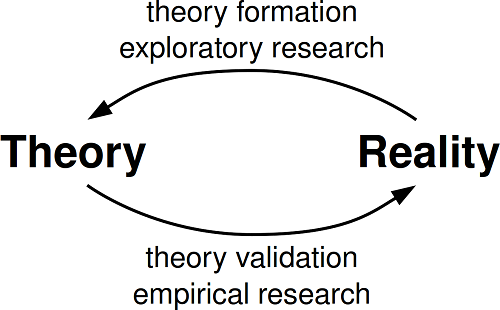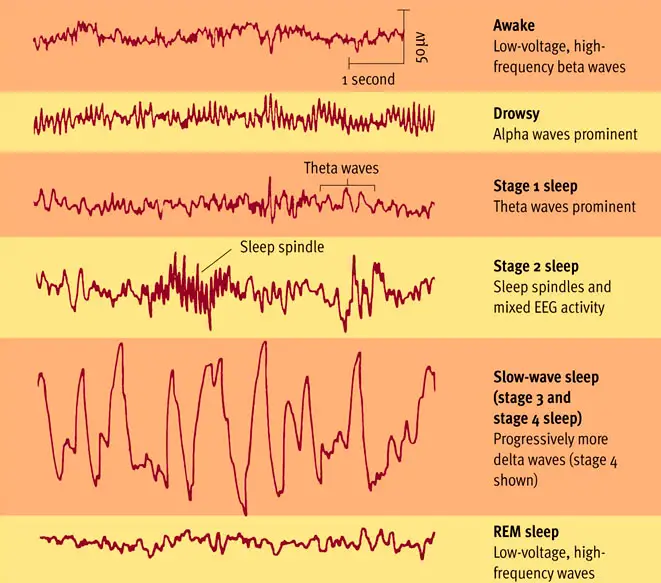There is a certain degree of ambiguity when using only the terms “psychoanalytic” and “psychodynamic”, since they can be used to describe a theory, therapy or approach. The definitions will vary slightly, but the core idea will remain the same. However, throughout the remainder of this article, I will discuss the differences between psychoanalytic and psychodynamic approach, in order to avoid any possible confusion.
These two approaches are in fact quite similar, mostly due to the fact that they both stem from the same idea – Sigmund Freud’s psychoanalytic theory. Freud’s psychoanalysis was derived empirically, that is, he created it based on the information he collected from the people he was either interviewing or conducting psychotherapy on. The most distinctive characteristic of Freud’s psychoanalysis is the importance of the unconscious mind, with the famous iceberg analogy being a great example. According to Freud, our mind is like an iceberg, only a small fraction remains above the surface of the water (that is our conscious mind), while the vast majority remains underwater and cannot be seen or interacted with directly (which is our unconscious mind). Freud also stated that events in early childhood have immense impacts on our developments, far more so than any events that might occur when we are already mentally developed as an adult.
Both psychoanalytic and psychodynamic approach share these distinctive characteristics, and both stem from Freud’s psychoanalytic theory. However, while the psychoanalytical approach is based only on Freud’s theory, the psychodynamic approach encompasses a wide spectrum of other theories and therapies that were developed by psychologists that came after Freud, the most famous example being Carl Gustav Jung.
Both approaches are nowadays implemented in modern psychotherapy.

What is the Psychoanalytic Approach?
The psychoanalytic approach, or psychoanalytic therapy, is based on Freud’s psychoanalytical theory discussed above, hence the name. As I’ve mentioned, according to Freud, key factor in human behavior are events that happened in very early childhood, and which leave a mark that dictates our behavior from that point on. The goal of a psychoanalytic therapy, therefore, is to trace back such events, connect them to current behavioral patterns of the client, and address possible solutions to any problems that occur due to such behavior, or at least make it easier to cope with them. Since the people that decide to undergo psychotherapy are mostly adults, it can be very hard to find out the exact childhood events that are currently causing problems, mostly due to the amount of time that has passed, leaving only a bleak memory of those events that is hard to extrapolate data from. Because of that, psychoanalytic therapies can last anywhere from a few weeks to several years. Some people find the therapy sessions soothing, so they practically become a ritual that they keep honoring for the rest of their life.
Briefly summarized, the defining characteristics of the psychoanalytic approach are:
- It’s based on Freud’s psychoanalytical theory
- It tries to detect evocative and emotional events from the childhood and their impact on the client’s current behavior
- It tries to design a way of coping with any possible problems caused by those past events, or even solving them

What is the Psychodynamic Approach?
As mentioned above, psychodynamics is really just an assembly of all the theories that came after Freud and that stem from his psychoanalytical theory (including Freud’s own theory, of course). The most representative psychologist among those that came after Freud is Carl Gustav Jung, a Swiss psychiatrist. He published most of his work during the early-to-mid 20th century, partially overlapping with the period when Freud was actively publishing new papers (Jung was around 20 years younger). Freud actually saw potential in Jung to become a sort of “heir” of his scientific views, and so he took personal interest in him. After years of collaborative research and lengthy discussions, it became apparent that Jung wasn’t fully agreeing with Freud, which ultimately led to their collaboration breaking down. This goes to show that not all psychologists that came after Freud shared his mindset – there are some theories in the psychodynamic approach that are fairly different from Freud’s own psychoanalytical theory. The core concept remains the same, the goal of the psychodynamic therapy is to delve into the subconscious of the client and find as many triggers for different behaviors as possible. Through further analysis, that information can be used to improve the quality of life of the client, similarly to how psychoanalytical therapy works.
The main characteristics of the psychodynamic approach are:
- Is constructed through various theories of people that came after Freud
- Some of those theories don’t fully agree with Freud’s
- The goal is to find triggers for certain behavioral patterns in the client’s subconscious, through interviews and introspection
- It can also propose certain solutions to any problems that might arise
Difference Between Psychoanalytical and Psychodynamic Approach
The Constituent Theories in terms of Psychoanalytical and Psychodynamic Approach
This is the main and most distinctive difference. While the psychoanalytical approach is based on the Freud’s psychoanalytical theory, the psychodynamic approach incorporates many more theories, therapies, procedures and other methods, that don’t necessarily have to be in complete agreement with Freud’s theory.
The Method of Psychoanalytical and Psychodynamic Approach
While the goal of each therapy remains the same, and that is gathering information from the client’s subconscious and later utilizing it to help solve problems, the method of gathering that information is a little different. The main difference comes from the focus of each approach – while the psychoanalytical approach mostly focuses on impactful childhood events, the psychodynamic approach just focuses on the client’s subconscious in general.
The Moment of Appearance in Psychoanalytical and Psychodynamic Approach
Since Freud was the forefather of the psychoanalytical approach, Jung might be considered the forefather of the psychodynamic approach. They had a 20 year difference between them, making the psychoanalytical approach 20 years older than the psychodynamic one.
Psychoanalytic vs. Psychodynamic Approach: Comparison Chart
|
Psychoanalytic Approach |
Psychodynamic approach |
|
Based on Freud’s theory |
Based on a variety of theories that came after Freud’s |
|
Focuses on impactful events in the early childhood |
Focuses on the client’s subconscious in general |
|
First appeared around 1896 |
First appeared around 1920 |
Summary of Psychoanalytical and Psychodynamic Approach
- The psychoanalytic and psychodynamic approaches are implemented in psychotherapy
- The psychoanalytic approach is based on Freud’s psychoanalytic theory, while the psychodynamic approach is based on all the psychoanalytical theories that appeared after Freud’s
- Freud’s theory, and thus the psychoanalytic approach as well, is based on the premise that emotional and evocative childhood events can have a huge impact throughout the remainder of a person’s life, dictating that person’s behavior in various ways
- The psychodynamic approach doesn’t follow that premise, but it also focuses on the subconscious of clients and seeks for different behavioral triggers there
- The psychoanalytic approach appeared some 20 years before the psychodynamic one
Author: Dr. Howard Fields
Dr. Howard is a Clinical Psychologist and a Professional Writer and he has been partnering with patients to create positive change in their lives for over fifteen years. Dr. Howard integrates complementary methodologies and techniques to offer a highly personalized approach tailored to each patient.












Leave a Reply